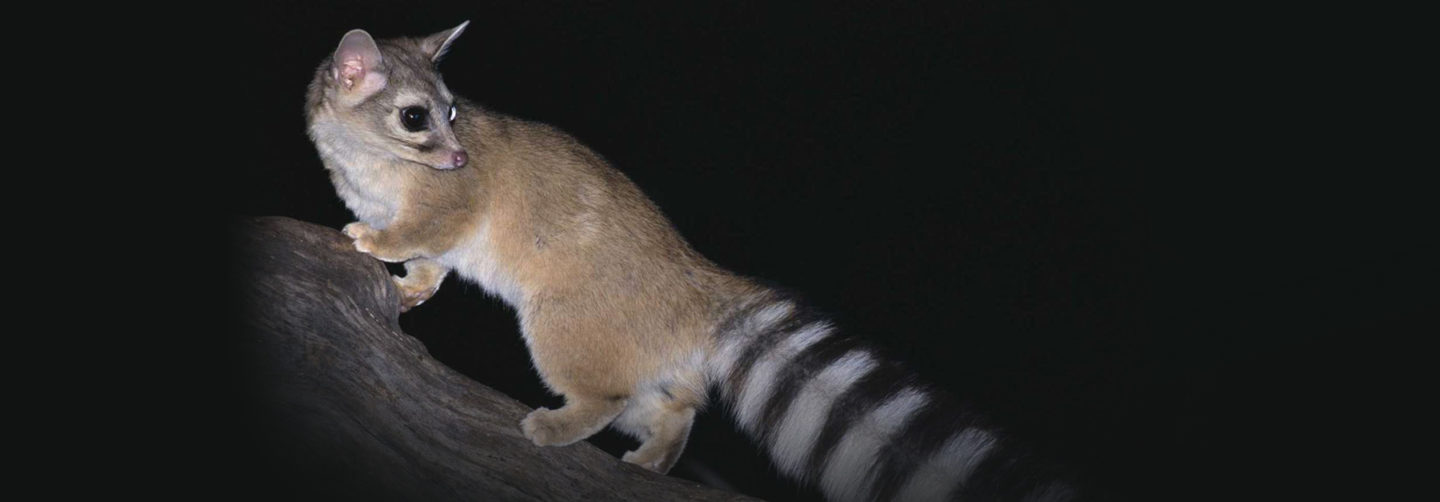Within The Walls
-Uncommon Ringtail Residents-
Although most Zion animals live exclusively outdoors, some find homes inside park buildings. One such inhabitant is the ringtail, an indigenous creature which looks similar to a raccoon and is a bit smaller than a house cat.
To inform future management plans, the park needs your help to understand how building use changes ringtail behavior. Careful study of these unique creatures will help ensure park buildings aren’t hazardous environments for ringtails, and that these animals don’t pose health risks to people who use the buildings.
Expanding on two years of research, funding for this project will assist scientists collecting field samples and images to be further studied in the lab.
Researchers are looking for droppings, chewed items, and other evidence that ringtails occupy space in a building. Additional information comes from motion-activated cameras recording ringtails feeding, playing, and resting.
While cute, ringtails are predators that eat many kinds of small animals, including insects and mice. They also eat plants and food scavenged from people. Researchers can identify what they have been eating by testing the genetic sequences contained in their droppings.
In a single dropping there can be more than 100 sequences of DNA from ringtail meals and gut bacteria. In fact, ringtails can be sentinels that alert researchers to the presence of rare or hidden park plants and wildlife.
“The science has come a long way. Previously, we would need to identify fragments in scat like a digested beetle leg or remnant hairs to know what species ringtails eat. New DNA techniques provide a more comprehensive catalog of ringtail diet, from tiny invertebrates to flowers and birds.” –Anna Willoughby, Graduate Research Assistant, University of Georgia
Discoveries have already been made, including some positive revelations, like the ringtails’ impact on controlling the mouse populations in park buildings possibly reducing risks to people from the deadly Hantavirus carried by some mice. Ringtails can also prey on park pests like carpet beetles or non-native gerbils. There is also some cause for concern, as park ringtails can become infected by domestic dog parasites (worms, fleas, and bacteria). With your support, we can achieve new insight into these ecologically important animals and their use of human-built structures in the park.

